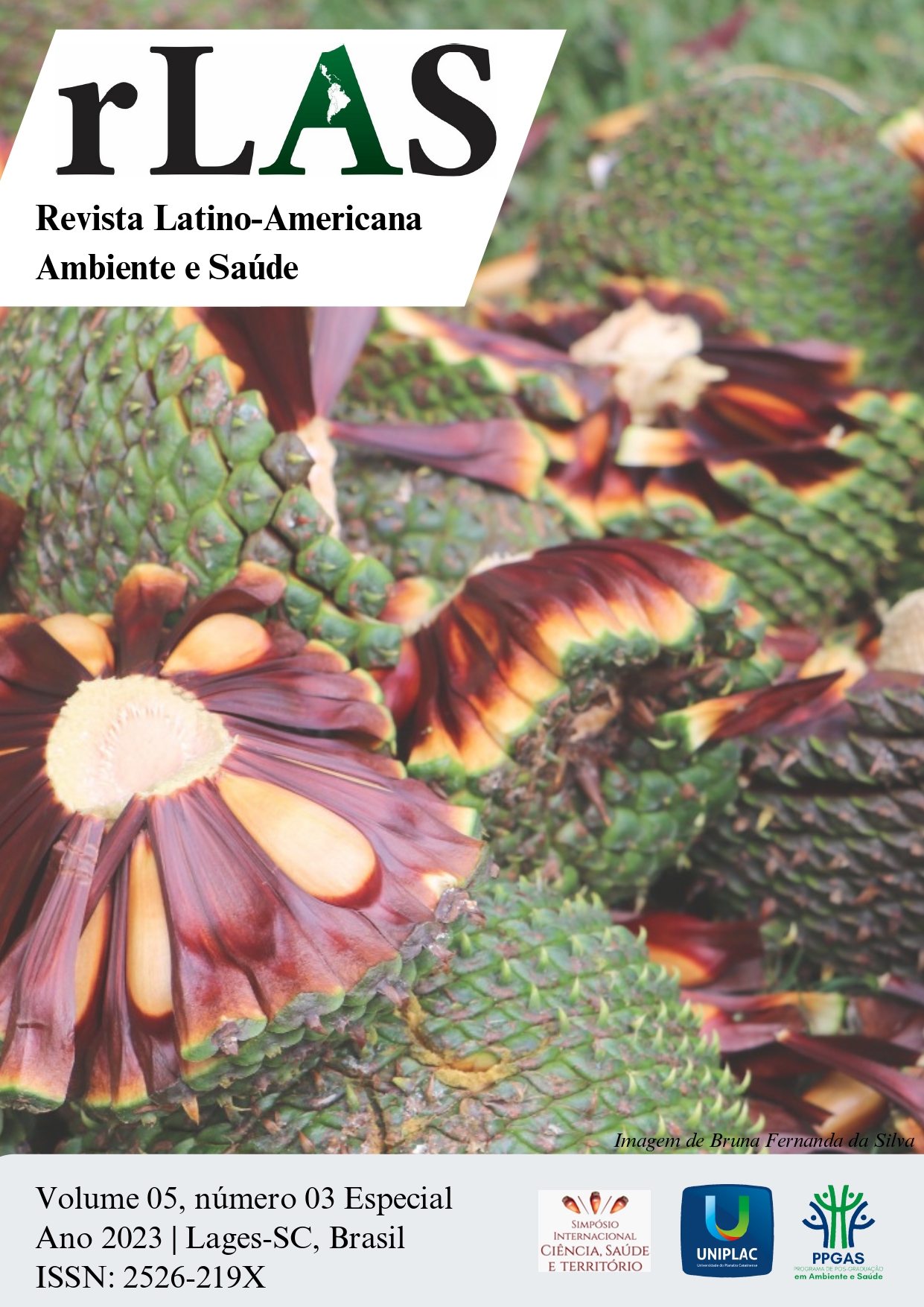Co-inoculation of wheat with Azospirillum brasilense, Pseudomonas fluorescens, Bacillus spp. as a more sustainable alternative in agriculture
Keywords:
Bactérias promotoras de crescimento. Microrganismos. FertilizantesAbstract
The production cost of wheat has significantly increased, mainly due to the rise in fertilizer costs, which represent 25% to 30% of the investment. Inoculating wheat with plant growth-promoting bacteria, such as those from the genus Azospirillum, can help reduce the need for chemical inputs and increase crop productivity. However, the use of specific microorganisms, such as Pseudomonas fluorescens, Bacillus aryabhattai, Bacillus circulans, and Bacillus haynesii, is still poorly explored in wheat cultivation. Inoculation and co-inoculation were performed post-emergence, when the plants were in the V3 stage. The experiment was implemented under a randomized block design (RBD), with 5 treatments: T1: 100% of the recommended nitrogen dose; T2: 50% of the recommended nitrogen dose; T3: 50% of the recommended nitrogen dose + 200 L ha-1 of Azospirillum brasilense solution; T4: 50% of the recommended nitrogen dose + 200 L ha-1 of Azospirillum brasilense solution + Pseudomonas fluorescens; T5: 50% of the recommended nitrogen dose + 200 L ha-1 of Azospirillum brasilense solution + Bacillus ssp.The variables plant height and number of tillers showed statistical differences, while no statistical differences were observed in the other variables. The use of these microorganisms in agriculture presents promising potential. no statistical differences were observed in the other variables. The use of these microorganisms in agriculture presents an extremely promising potential.
References
ALVES, J. R. Custo de Produção Safra 2021/22. Disponível em: https://docweb.epagri.sc.gov.br/website_cepa/Artigos/Custo_de_Producao_Safra_2021_22.pdf
CARVALHO, P. T.; BELEIA, A. P. Alterações físico-químicas e atividade enzimática de trigo com germinação pré-colheita. Revista Ciência Agronômica, v. 46, n. 3, p. 524-531, 2015.
D’ALMEIDA, C. T. S. et al. Monitoramento da oxidação dos tióis proteicos em grãos de trigo imaturos e de diferentes aptidões tecnológicas. Semear, v. 1, n. 1, p. 31-42, 2019.
HUNGRIA, M.; NOGUEIRA, M. A. Inoculação multifuncional para pastagens com braquiárias. Embrapa Soja-Fôlder, 2021. Disponível em: https://www.embrapa.br/busca-de-publicacoes/-/publicacao/1133103/inoculacao-multifuncional-para-pastagens-com-braquiarias
HUNGRIA, M.; NOGUEIRA, M. A.; ARAÚJO, R. S. Inoculation of Brachiaria spp. with the plant growth promoting bacterium Azospirillum brasilense: an environment friendly component in the reclamation of degraded pastures in the tropics. Agriculture, Ecosystems & Environment, v. 221, n.1, p.125-131, 2016.
HUNGRIA, M. Inoculação com Azospirillum brasilense: inovação em rendimento a baixo custo. Londrina: Embrapa Soja, 2011. 38 p. (Embrapa Soja. Documentos, 325). Disponíve em: https://www.embrapa.br/busca-de-publicacoes/-/publicacao/879471/inoculacao-com-azospirillum-brasilense-inovacao-em-rendimento-a-baixo-custo
MANDARINO, J. M. G. Lipídios do Trigo. In: MANDARINO, J. M. G. Aspectos importantes para a qualidade do trigo. Londrina EMBRAPA: CNPSO, 1994. Disponível em: https://www.infoteca.cnptia.embrapa.br/handle/doc/445475
PEREIRA, L.C. et al. Rendimento do trigo (Triticum aestivum) em resposta a diferentes modos de inoculação com Azospirillum brasilense. Revista de Ciências Agrárias, v. 40, n. 1, p. 105-113, 2019.
RODRIGUES, L. F. et al. Características agronômicas do trigo em função de Azospirillum brasilense, ácidos húmicos e nitrogênio em casa de vegetação. Revista Brasileira de Engenharia Agrícola e Ambiental, v. 18, p. 31-37, 2014.


